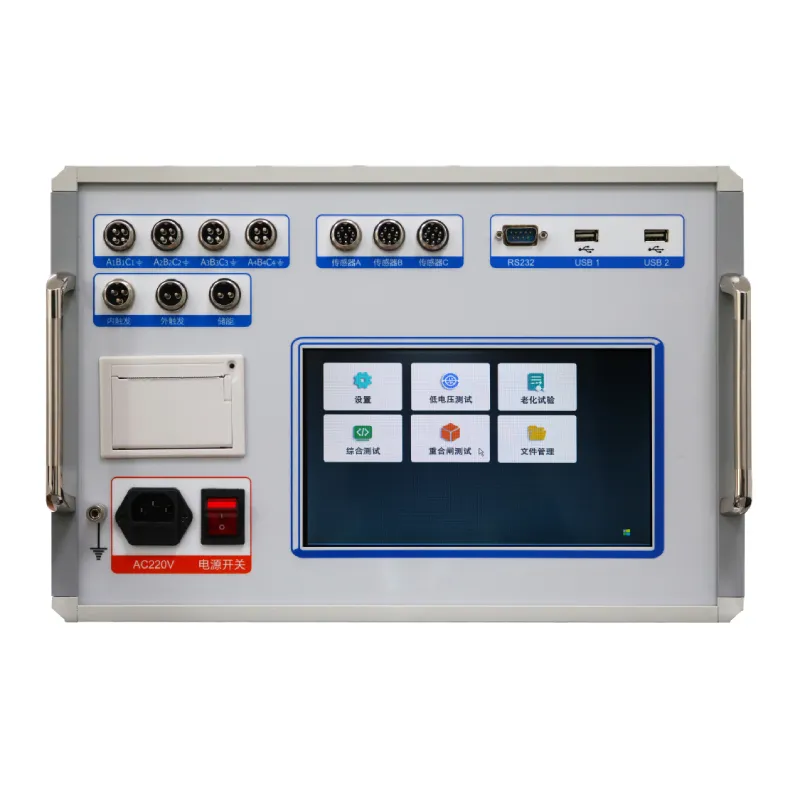 English
English



-
 Afrikaans
Afrikaans -
 Albanian
Albanian -
 Amharic
Amharic -
 Arabic
Arabic -
 Armenian
Armenian -
 Azerbaijani
Azerbaijani -
 Basque
Basque -
 Belarusian
Belarusian -
 Bengali
Bengali -
 Bosnian
Bosnian -
 Bulgarian
Bulgarian -
 Catalan
Catalan -
 Cebuano
Cebuano -
 China
China -
 China (Taiwan)
China (Taiwan) -
 Corsican
Corsican -
 Croatian
Croatian -
 Czech
Czech -
 Danish
Danish -
 Dutch
Dutch -
 English
English -
 Esperanto
Esperanto -
 Estonian
Estonian -
 Finnish
Finnish -
 French
French -
 Frisian
Frisian -
 Galician
Galician -
 Georgian
Georgian -
 German
German -
 Greek
Greek -
 Gujarati
Gujarati -
 Haitian Creole
Haitian Creole -
 hausa
hausa -
 hawaiian
hawaiian -
 Hebrew
Hebrew -
 Hindi
Hindi -
 Miao
Miao -
 Hungarian
Hungarian -
 Icelandic
Icelandic -
 igbo
igbo -
 Indonesian
Indonesian -
 irish
irish -
 Italian
Italian -
 Japanese
Japanese -
 Javanese
Javanese -
 Kannada
Kannada -
 kazakh
kazakh -
 Khmer
Khmer -
 Rwandese
Rwandese -
 Korean
Korean -
 Kurdish
Kurdish -
 Kyrgyz
Kyrgyz -
 Lao
Lao -
 Latin
Latin -
 Latvian
Latvian -
 Lithuanian
Lithuanian -
 Luxembourgish
Luxembourgish -
 Macedonian
Macedonian -
 Malgashi
Malgashi -
 Malay
Malay -
 Malayalam
Malayalam -
 Maltese
Maltese -
 Maori
Maori -
 Marathi
Marathi -
 Mongolian
Mongolian -
 Myanmar
Myanmar -
 Nepali
Nepali -
 Norwegian
Norwegian -
 Norwegian
Norwegian -
 Occitan
Occitan -
 Pashto
Pashto -
 Persian
Persian -
 Polish
Polish -
 Portuguese
Portuguese -
 Punjabi
Punjabi -
 Romanian
Romanian -
 Russian
Russian -
 Samoan
Samoan -
 Scottish Gaelic
Scottish Gaelic -
 Serbian
Serbian -
 Sesotho
Sesotho -
 Shona
Shona -
 Sindhi
Sindhi -
 Sinhala
Sinhala -
 Slovak
Slovak -
 Slovenian
Slovenian -
 Somali
Somali -
 Spanish
Spanish -
 Sundanese
Sundanese -
 Swahili
Swahili -
 Swedish
Swedish -
 Tagalog
Tagalog -
 Tajik
Tajik -
 Tamil
Tamil -
 Tatar
Tatar -
 Telugu
Telugu -
 Thai
Thai -
 Turkish
Turkish -
 Turkmen
Turkmen -
 Ukrainian
Ukrainian -
 Urdu
Urdu -
 Uighur
Uighur -
 Uzbek
Uzbek -
 Vietnamese
Vietnamese -
 Welsh
Welsh -
 Bantu
Bantu -
 Yiddish
Yiddish -
 Yoruba
Yoruba -
 Zulu
Zulu
Electrical Insulation Resistance Testing for Safety and Performance Evaluation
Understanding Electrical Insulation Resistance Testing
Electrical insulation resistance testing is a critical procedure in the maintenance and evaluation of electrical systems. It is primarily conducted to assess the integrity of insulation materials used in various electrical devices and systems, ensuring that they function safely and efficiently under operational conditions.
What is Insulation Resistance Testing?
Insulation resistance (IR) testing involves measuring the resistance offered by insulation material against the flow of electrical current. The primary objective of this test is to determine whether insulation can effectively prevent electrical energy from leaking into unintended areas, which could lead to short circuits or electrical shocks. This testing is essential for both new installations and for the ongoing maintenance of existing equipment.
Importance of Insulation Resistance Testing
1. Safety Ensuring proper insulation resistance is crucial for the safety of personnel working with electrical systems. Low insulation resistance can lead to electric shock hazards, potentially resulting in injury or even fatalities.
2. Equipment Protection Insulation failure can cause equipment malfunctions, leading to costly repairs or replacements. By proactively testing insulation resistance, potential issues can be identified early, thus protecting valuable equipment.
3. Compliance with Regulations Many industries are subject to strict regulations regarding electrical safety. Regular insulation resistance testing can help organizations remain compliant with these laws and standards, avoiding potential fines and legal issues.
4. Preventive Maintenance Conducting regular insulation resistance tests allows facility managers to track the condition of their electrical systems over time. This helps in planning preventive maintenance activities, thus extending the lifespan of assets and minimizing unexpected downtimes.
Measuring Insulation Resistance
To conduct an insulation resistance test, a specialized instrument known as an insulation resistance tester (or megohmmeter) is used. The tester applies a high-voltage DC signal to the insulation under test, typically ranging from 250 volts to 1000 volts or higher, depending on the specific application and standards.
electrical ir test

Procedure
1. Preparation Before testing, the system should be de-energized and isolated. All connected equipment should be disconnected to avoid impacting the readings.
2. Connecting the Tester One lead from the insulation resistance tester is connected to the conductor, while the other lead is connected to the ground or another conductive surface connected to the equipment being tested.
3. Conducting the Test The tester is activated, and it applies a specific voltage across the insulation. The measurement is recorded, typically in megohms (MΩ).
4. Interpreting Results A high insulation resistance value (typically above 1 MΩ) indicates good insulation integrity, while a low value suggests insulation deterioration or failure. The acceptable level of insulation resistance can vary based on regulatory standards and specific equipment requirements.
Factors Affecting Insulation Resistance
Several factors can impact insulation resistance readings
- Temperature Insulation resistance values can change with temperature. Generally, resistance decreases as temperature increases. - Humidity High humidity levels can reduce insulation resistance because moisture can create conductive paths. - Insulation Material Different materials have varying intrinsic insulation resistivity, which can influence test outcomes.
Conclusion
Electrical insulation resistance testing is a vital process that plays a fundamental role in ensuring the safety and reliability of electrical systems. By regularly conducting these tests, organizations can protect their personnel, extend the life of equipment, and comply with safety regulations. It is a straightforward yet effective method to preemptively identify potential issues before they escalate, ultimately saving time and resources while promoting a safe working environment. In a world increasingly reliant on electricity, the importance of such tests cannot be overstated; they are essential for maintaining the integrity of any electrical installation.
-
Testing Equipment Industry Sees Major Advancements in 2025: Smart & Precision Technologies Lead the WayNewsJun.06,2025
-
Applications of Direct Current Generators in Renewable Energy SystemsNewsJun.05,2025
-
Hipot Tester Calibration and Accuracy GuidelinesNewsJun.05,2025
-
Digital Circuit Breaker Analyzer Features and BenefitsNewsJun.05,2025
-
Benefits of Real-Time Power Quality Monitoring Devices for Industrial EfficiencyNewsJun.05,2025
-
Earth Fault Loop Testing in High-Rise Building Electrical SystemsNewsJun.05,2025



